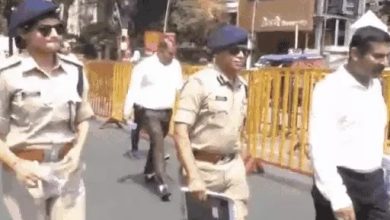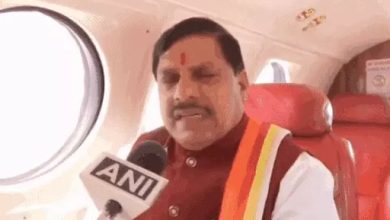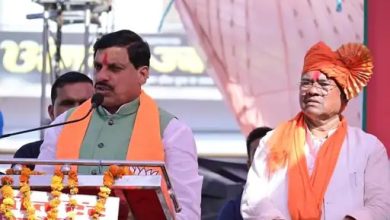Race for Madhya Pradesh: Caste, Anti-Incumbency & Leadership

A complex interplay of caste, anti-incumbency, popularity ratings of leaders and the Mahagathbandhan will determine who will win Madhya Pradesh
A fascinating contest is on in Madhya Pradesh. While the Congress party is aiming to cash in on anti-incumbency and end its 15-year vanvaas (exile), the BJP is hoping to consolidate its position further, and make the state its fortress. MP Chief Minister Shivraj Singh Chouhan is embarking on a state-wide Jan Ashirwad Yatra covering all constituencies, to seek the blessings of the voters for a fourth consecutive term.
The Congress is trailing his route with its Poll Khol Yatra, in an attempt to
expose the BJP government’s shortcomings.
No election is won because of a single factor, but rather, due to myriad factors. Likewise, who will win Madhya Pradesh is dependent upon several key factors which I have tried to capture, though this is not an exhaustive list.
Social Engineering
Caste is king in MP, just like other Hindi-speaking states and many other parts of India. As per a recent CSDS study, 65 percent in MP vote on the basis of caste, which is the highest in the country. The BJP has traditionally received the backing of the upper caste and OBCs, who make up about 55 percent of the population.
The fact that tall leaders like Chief Minister Shivraj Singh Chouhan, ex CM Uma Bharti, current State President Rakesh Singh all belong to the OBC community, has helped this cause.
SC-STs who make up 37 percent, and minorities who account for 8 percent of the population, have traditionally supported the Congress. In 2013, the BJP managed to gain traction among the SC-ST community and garnered higher support than the Congress.
In 2018, these caste dynamics could change. The upper-caste of the state is unhappy with the BJP, as power positions have been taken over by OBCs; both the CM and state president belong to this community. Further, the chief minister’s stand that nobody can undo the reservation policy, reservation in promotions and the central government’s amendment in the SC-ST Act, overturning the Supreme Court order has not gone down well with a section of the upper-caste. Even if a section of disgruntled upper-caste voters abstain from voting, it could prove to be troublesome for the party.
On the other hand, the trio of Kamal Nath, Jyotiraditya Scindia and Digvijaya Singh all belong to the upper caste (22 percent of population). However, the Congress party has not yet come up with a strategy to exploit the anger amongst upper caste, possibly fearing the erosion of its Dalit vote bank if it woos upper castes.
Turnout has been a key determinant of results of assembly elections. Normally, a higher turnout denotes anti-incumbency and the desire of voters to overthrow the government. Madhya Pradesh, however, doesn’t follow this trend. BJP came back to power in 2003, with a turnout (67.3 percent) higher than 1998 (60.2 percent). However, in subsequent elections, the turnout has witnessed an increase to 69.8 percent in 2008, and 70.8 percent in 2013. Despite this, the BJP has emerged victorious.
The other factor which is increasingly playing a role is NOTA. Higher NOTA benefits the incumbent, as it denotes that the people are unhappy with the current government, but not confident about the Opposition being able to resolve their problems. In 2013 in MP, the NOTA vote share was 1.9 percent, which is quite high, and the BJP returned to power. NOTA polled more votes than the margin of victory in 24 seats.





